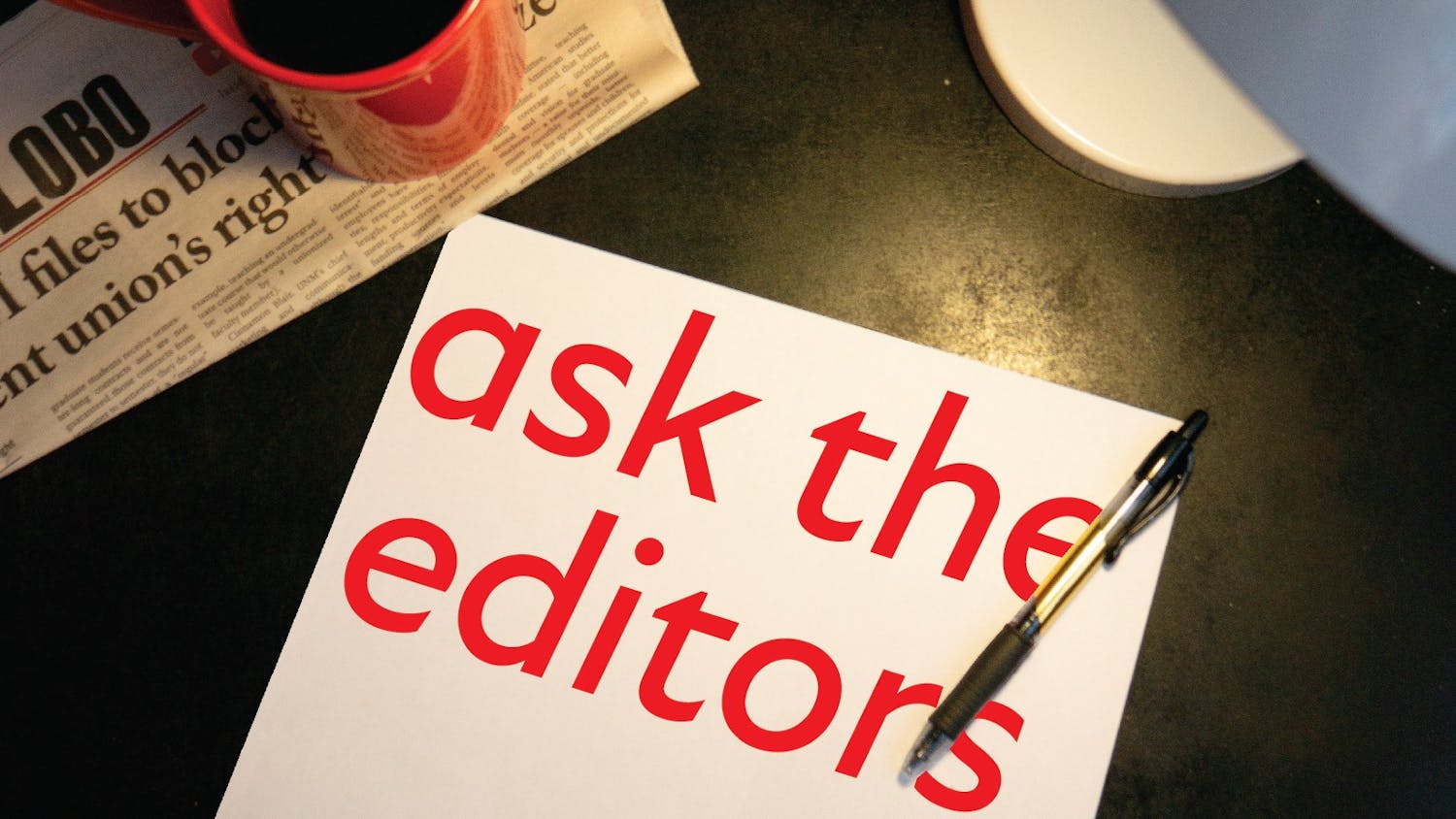It may not seem like the typical breakfast, but it’s the daily reality for millions of Americans who depend on insulin injections to keep diabetes symptoms under control.
In an effort to free diabetes patients from the too-frequent prick of the needle, a team of scientists headed by associate professor Jason McConville has developed a way to administer insulin without needles. Instead, McConville’s method allows insulin to simply be absorbed through the inside of the cheek.
“Insulin injections are very inconvenient, of course; a lot of people don’t want to use a needle,” McConville said. “It’s particularly difficult for the growing population of children with diabetes, making it very difficult to maintain the necessary dosing regimen. Also, the insulin needs to be kept refrigerated because it’s in a liquid form and can degrade very easily. It’s very difficult for people to be able to schedule their lives around a refrigerator, as well as a needle.”
To solve this problem, McConville said he and his lab developed a “film,” most easily comparable to a Listerine PocketPak, that can be applied to the inside of the cheek, allowing insulin to be absorbed into the high number of blood vessels within.
“My idea was that we’d be able to take insulin via a different route, and maintain the same control over glucose levels in the body,” McConville said. “So using a simple film formulation that can stick on the cheek, we’ve been able to demonstrate rapid absorption of insulin in an animal model following the application of the film.”
According to the American Diabetes Association, nearly 10 percent of Americans — about 29 million people — have diabetes. It is caused by the body either not making or not responding to insulin, a hormone produced naturally in the body that helps regulate glucose after eating food. Currently, the standard therapy for insulin-dependent diabetics is an injection of insulin, generally before meals, McConville said.
McConville said he hopes that his new method will someday replace insulin injections, eliminating both the need for needles and for refrigeration.
“You could almost envisage having a discreet pack of these to carry around with you,” McConville said.
McConville first began exploring the idea of films for drug delivery in 2008 with his former student Javier Morales. However, they were unsure of what type of drug they actually wanted to use, he said.
“We stumbled across the problem by talking to people at conferences. We knew the delivery of insulin was a big problem,” McConville said. “So we looked and thought, ‘well, what’s the best way to deliver it?’”
Lisa Strickland, a physician specializing in diabetes at a Presbyterian medical group, said any new development that makes taking insulin easier would be a great help to patients.
Get content from The Daily Lobo delivered to your inbox
“Coming up with more patient-friendly delivery of insulin has great potential to make people better at taking their medication and improving management of their diabetes,” Strickland said.
Unlike many other drugs, insulin cannot be delivered in pill form because it is typically degraded and broken down in the stomach before it can be absorbed sufficiently, McConville said.
Instead, they began working on incorporating insulin into their films and have continued collaborating on this project after Morales graduated, becoming an associate professor at the University of Chile. They continued fine-tuning the development of the film to be as functional and convenient as possible, he said.
“One of the ideas about the film is that it should not cause discomfort. This is one of my main areas to think about too, because we are constantly moving the cheek. So it has to be very sticky, and it has to be able to flex with the cheek — at least until the time at which all the drug has been absorbed,” McConville said. “The other part of the goal is to make this biodegradable within the mouth.”
While so far the film has only been tested in animal models, McConville said he hopes he and his new graduate student, Anh-Dung Le, will have it ready for human trials soon — possibly within the next couple of years.
Lauren Topper is a freelance reporter at the Daily Lobo. She can be reached at news@dailylobo.com, or on Twitter @DailyLobo.





